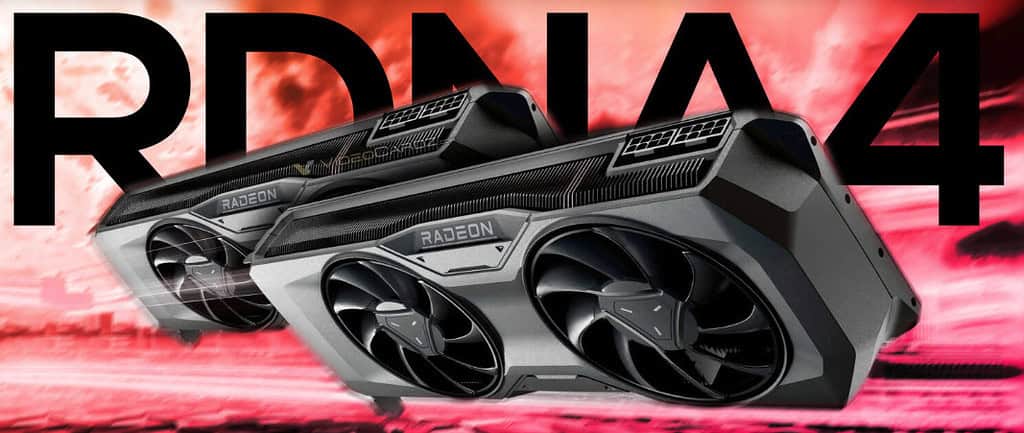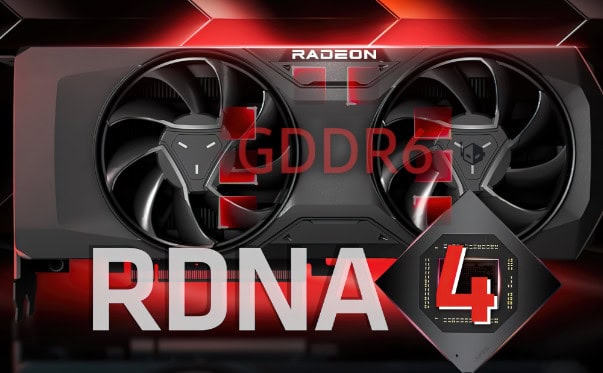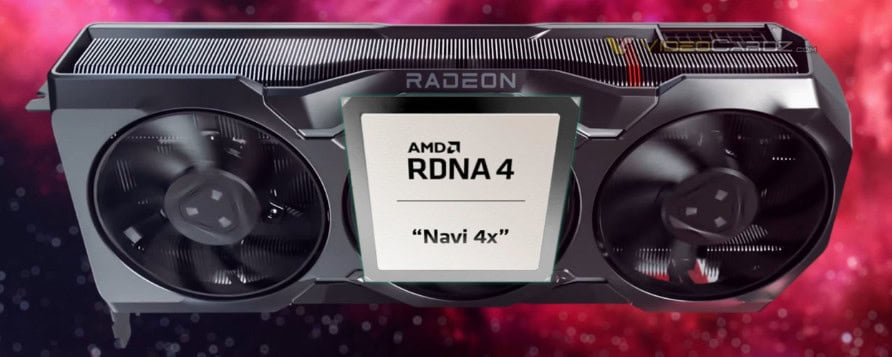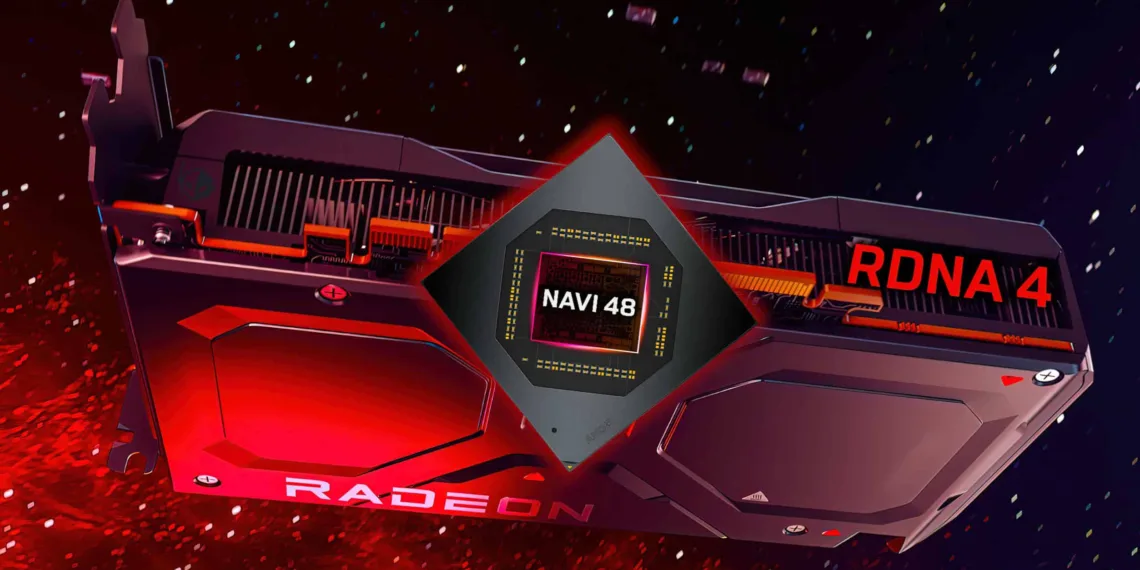The new Radeon RX 8000 graphics cards that AMD is working on, which are based around the expected next-gen RDNA4 architecture, can reach configurations up to Infinity Cache of 64MB and make use of memory buses as wide as 256 bits.
The new update we are getting from Kepler_L2 confirms there will be gaming-centric models based on high-end Navi 48 “GFX1201” and mainstream Navi 44 “GFX1200”. These GPUs are believed to feature a number of major architectural improvements, with ray tracing being one aspect that will find its way over to the next-generation PlayStation too.

More About the AMD Radeon RX 8000
The Radeon RX 8000 series will provide three Infinity Cache settings: two with a total capacity of 64 MB each and one for up to 48MB. These configurations are similar to those seen in the Navi 32 series, where the RX 7800 XT features 64 MB and the RX 7700 XT has 48 MB.

The RDNA 4 lineup will assign 64 MB of Infinity Cache to Navi 48 models and 48 MB to Navi 44 models. Benchlife has also identified various RDNA 4 GPU SKUs, including R24D-E6, R24D-E8, R25D-P8, and R25D-P4, with the R24D-E6 SKU appearing in recent Geekbench leaks.
These GPUs will offer improved performance with DRAM Cache technology, which enhances performance by up to 12.5 times and reduces power consumption compared to HBM1. On the other hand, Navi 48 GPUs will have a 256-bit bus and bear 16 GB GDDR6 at 20 Gbps or 18 Gbps, depending on the model, while Navi 44 will run with 192-bit and 12 GB GDDR6 at 19 Gbps maximum. With the findings shared, Navi 48 will also have a total of 640 GB/s while the Navi 44 will have a total of 432 GB/s.

The provided Infinity Cache will help to enhance the performance through the Navi 44. We expect the Radeon RX 8000 “RDNA 4“ GPUs to be launched in the first quarter of next year, and its official unveiling could be at CES in 2025. More updates soon in the upcoming month.
FAQs
What is the maximum Infinity Cache for the Radeon RX 8000 GPUs?
Up to 64 MB.
When is the expected launch for the Radeon RX 8000 “RDNA 4” GPUs?
Q1 next year, with a likely reveal at CES 2025.








